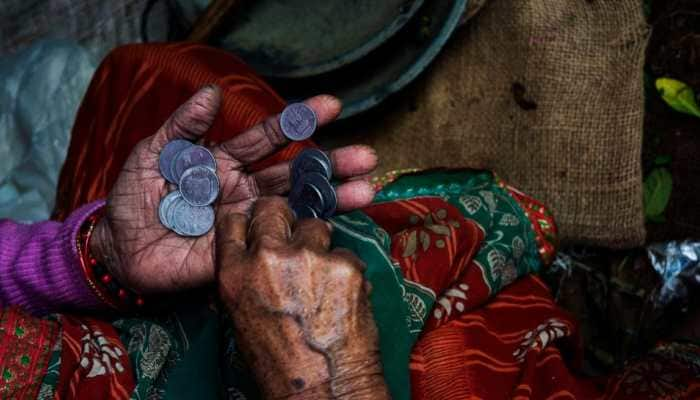Dhoni-Sehwag rift settled, says Ganguly
Former India cricket captain Sourav Ganguly on Wednesday said current skipper Mahendra Singh Dhoni and Virender Sehwag have settled their difference of opinion.
Trending Photos
)
Kolkata: Former India cricket captain Sourav Ganguly on Wednesday said current skipper Mahendra Singh Dhoni and Virender Sehwag have settled their difference of opinion.
Talking to reporters at a programme here, Ganguly said he recently had a talk with Sehwag who told him that everything has been settled between him and Dhoni.
Reports of rift between Dhoni and Sehwag had surfaced after the team management introduced rotation policy for only three openers -- Sachin Tendulkar, Sehwag and Gautam Gambhir -- during the tri-series in Australia last month.
To a question on the perception that Dhoni did not give chance to many players and liked to play with a fixed team, Ganguly said, "Every captain is different and no captain is perfect. May be Dhoni believes that this team can win because no captain wants to lose."
On whether he would play Manoj Tiwari and Ashok Dinda if he were the captain of India, he said, "I probably would have given a chance to them but I hope Dhoni will also give a chance to these players."
"We have three good players in Bengal team – Manoj (Tiwari), (Ashok) Dinda and Wriddhiman (Saha). They are of international standard. So it’s a good sign for Bengal. Apart from them there is also Mdohammad Sami who is also a good player."
Asked about the in-form Bengal all-rounder Laxmi Ratan Shukla`s chance of playing for the national side, he said, "Laxmi is probably playing his best cricket now. He is an all-rounder which a team needs. If he plays some more good series then I am sure he will get in."
Shukla hit a century on Monday to singlehandedly guide the Ganguly-led Bengal to the Vijay Hazare Trophy triumph, thrashing heavyweights Mumbai by six wickets in the final.
PTI
Stay informed on all the latest news, real-time breaking news updates, and follow all the important headlines in india news and world News on Zee News.
Advertisement
Live Tv
Advertisement







)
)
)
)
)
)
)
)
)
)
